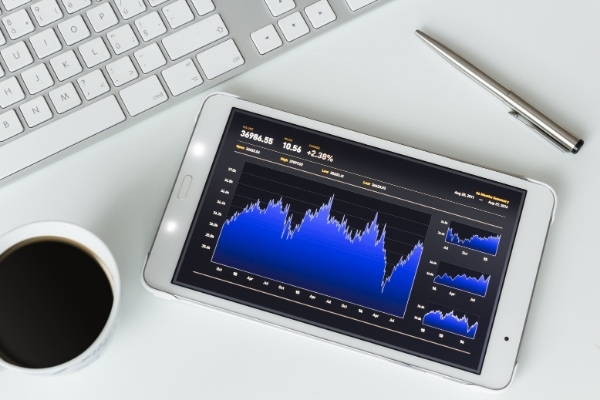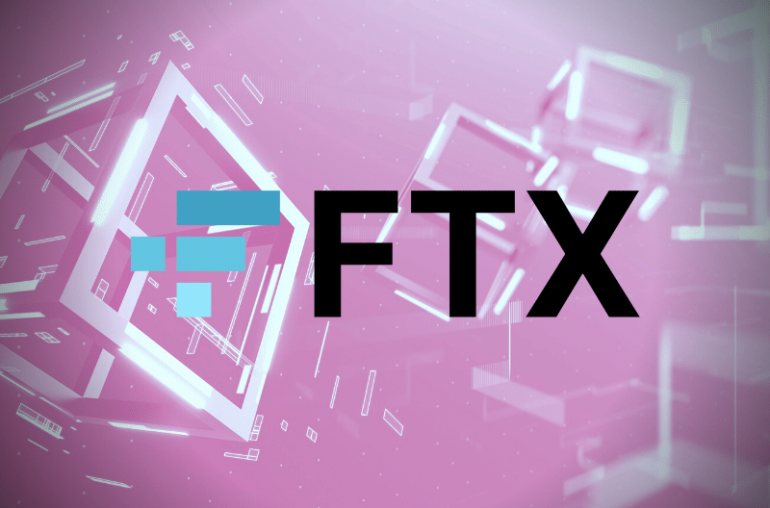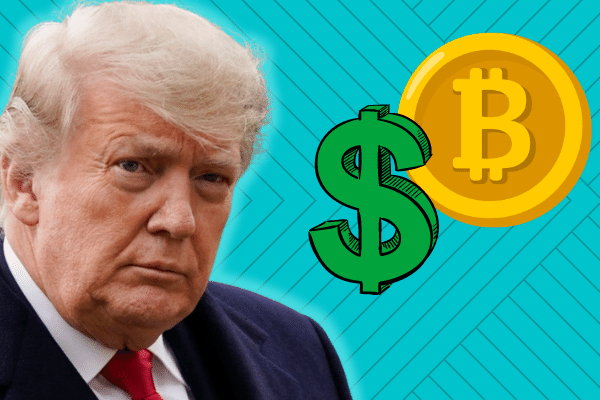
- With soaring inflation and the prospect of central bank monetary policy tightening looming over the horizon, that stock rotation made sense, but with the benefit of hindsight, the timing could not have been worse.
- Nevertheless, for investors with a long-term investment horizon, equities will still remain a core portfolio asset class to hedge against inflation.
Before the first Russian tank rolled into Ukraine, stock analysts were calling it the great “stock market rotation” from expensive U.S. tech stocks, to -called “value” plays in sectors such as airlines, hospitality, and commodities – at least one of those sectors worked out.
With soaring inflation and the prospect of central bank monetary policy tightening looming over the horizon, that stock rotation made sense, but with the benefit of hindsight, the timing could not have been worse.
Now another type of rotation looks set to take place with equity inflows potentially topping over US$230 billion in the coming weeks as funds seek to rebalance their portfolios.
According to JPMorgan Chase, U.S. pension plans and overseas sovereign wealth funds are expected to shore up stock markets shaken up by the Russian invasion of Ukraine.
Sharp declines in global equity markets are believed to now require large institutional investors to rebuild their equity holdings to ensure that these positions are consistent with their long-term asset allocation strategies.
As the first quarter of 2022 comes to a close, this quarterly rebalancing could support equity prices towards the end of this month to maintain the standard 60/40 stock and bond portfolio.
The Russian invasion of Ukraine has seen the value of bond holdings soar as demand for haven assets like U.S. Treasuries rose against the uncertain geopolitical backdrop and this has meant that such typical 60/40 portfolios are now heavily weighted to bonds.
According to JPMorgan Chase strategist Nikolaos Panigirtzoglou, U.S. defined pension plans, which collectively manage around US$8 trillion in assets, would need to shift at least US$126 billion into stocks from bonds, to ensure that portfolios reach their long-term return targets.
Japan’s US$1.6 trillion Government Pension Investment Fund could move US$40 billion while another US$22 billion could enter equity markets via Norway’s US$1.3 trillion Government Pension Fund Global, also known as the “Oil Fund.”
A rise in global oil prices will mean that other sovereign wealth funds in oil-rich countries, including Saudi Arabia and other countries in the Middle East, will have more dry powder that is likely to move into equities, as prices come down sharply.
Overall cash holdings by the world’s largest investors have increased sharply in recent weeks, even above the level reached in March 2020 during the early stages of the pandemic, when concern over the economy led to steep declines in asset prices and investors holding hard to cash.
Nevertheless, for investors with a long-term investment horizon, equities will still remain a core portfolio asset class to hedge against inflation.



